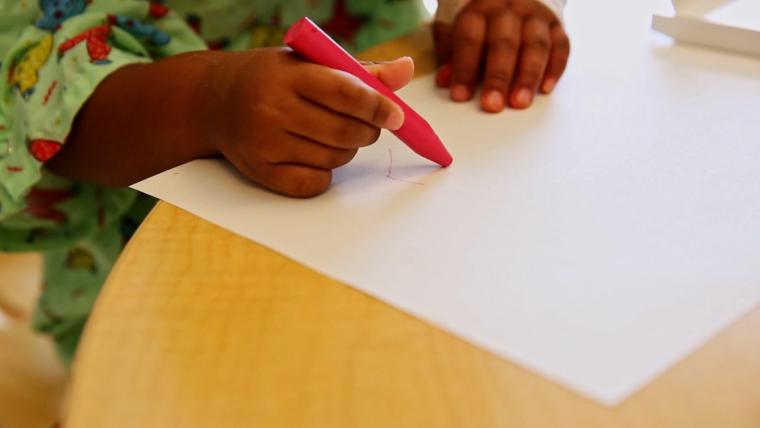
These recycled crayons protect the planet and bring colour to children’s hospitals
When restaurants provide fidgety children with a free pack of crayons to keep them busy, it can be a reprieve for parents. But as Bryan Ware watched his children draw at a restaurant one day, he began to question the lifespan of the free crayon, and what happens to them after the children leave. Ware went down a path of intense research and made a shocking discovery. “Sixty million crayons get tossed in the trash every single day,” he says. This inspired Ware to create The Crayon Initiative, which recycles discarded crayons to give them to sick children in hospitals.
For hygienic reasons, crayons in restaurants are thrown out after just one use. “A hundred years from now it will still be a crayon if you dig it up,” Ware says. “It will never break down.” These crayons are also often made from petroleum-based wax which contributes to the production of fossil fuels. Through his non-profit organisation, Ware and his team gather used and unwanted crayons from all over the United States to repurpose and donate to children in need. Volunteers sort the crayons by colour, melt them down, and then mould them into brand new ones. Because most of the bacteria on crayons is carried on the paper covering, Ware’s crayons come in an unwrapped box, making them easier to disinfect. Partnering with the Children's Hospital Association, he gives the repurposed crayons to kids in over 240 hospitals nationwide.
“Art therapy for these kids is an escape, which is what they really need,” Ware says. Hospitals are filled with the sounds of machines and doctors speaking in terms that many children do not understand, creating an overwhelming and scary environment. Colouring allows them to express their feelings, relax, and take their mind off of their illness. In designing these crayons, Ware takes sick children into specific consideration. The crayon’s triangular shape allows an ergonomic grip for kids who find it difficult to hold a crayon, while also preventing it from rolling off a hospital bedside table and onto the floor.
So far, Bryan has brought colour to the lives of more than 500 000 children and saved over 42 million crayons from landfills. “The response from the children has been amazing,” Ware says. “Seeing how they smile, how they light up just from getting a pack of crayons, it drives me further.”
You can contribute to the work of The Crayon Initiative here.
Footage and images by Bennett Coast and The Crayon Initiative were used in the creation of this film.
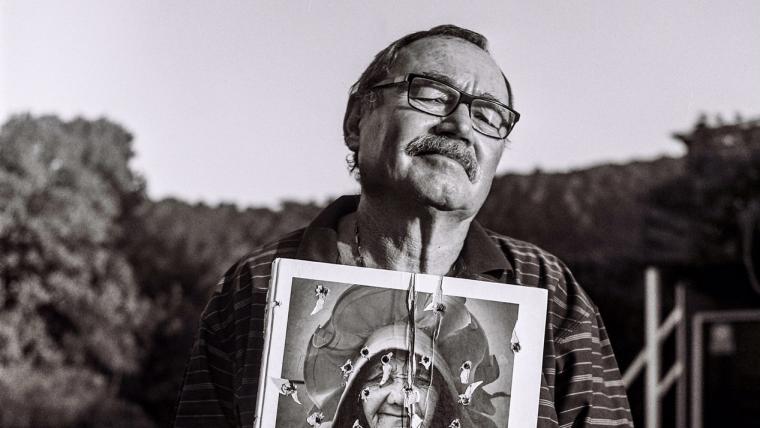
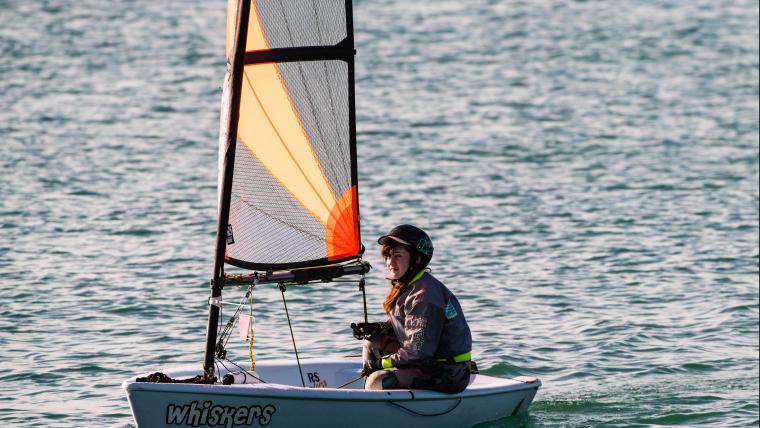
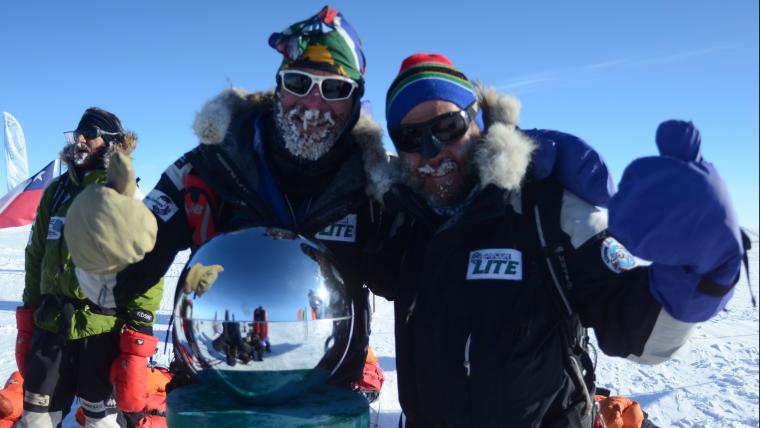
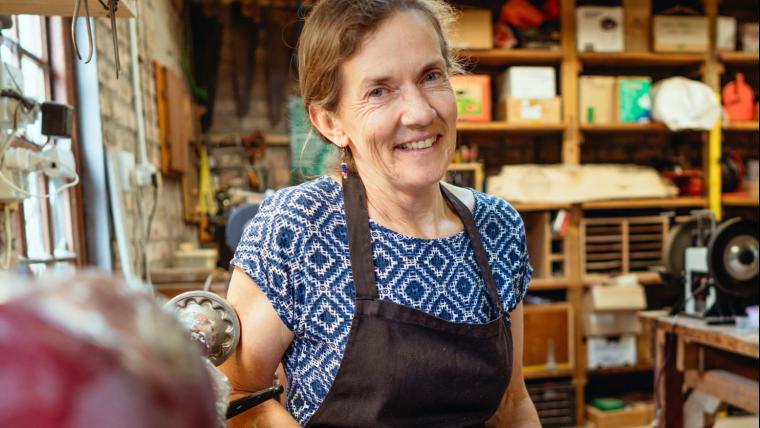
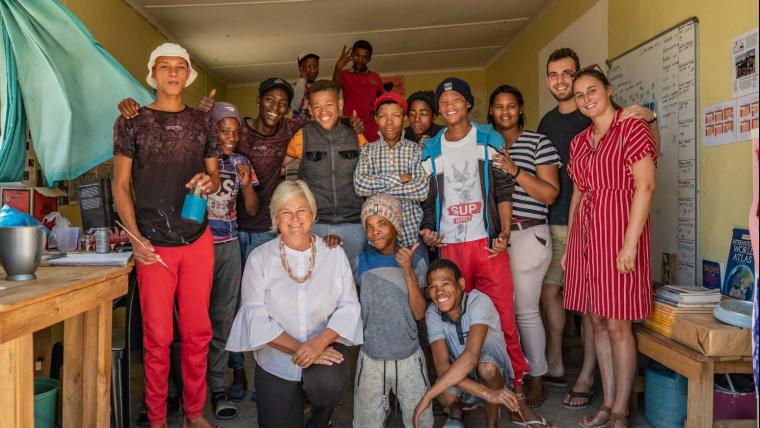
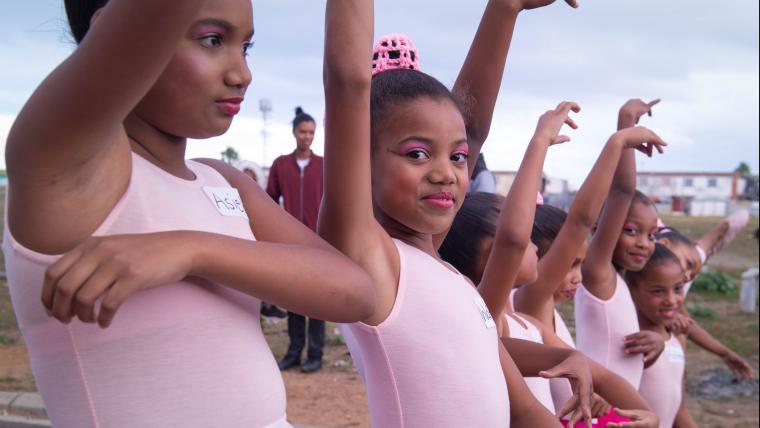
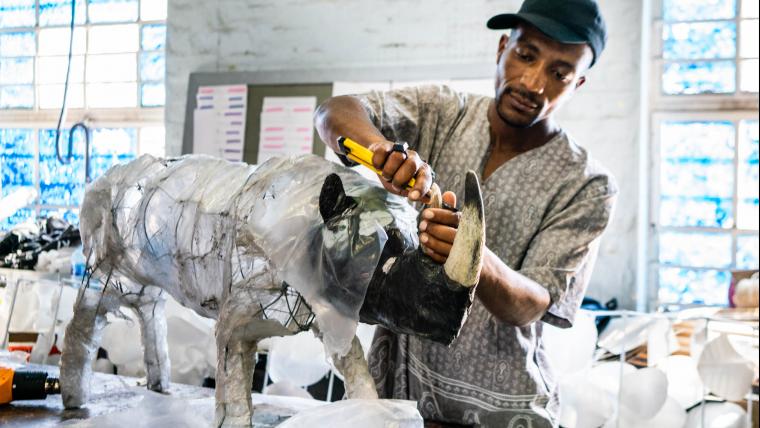
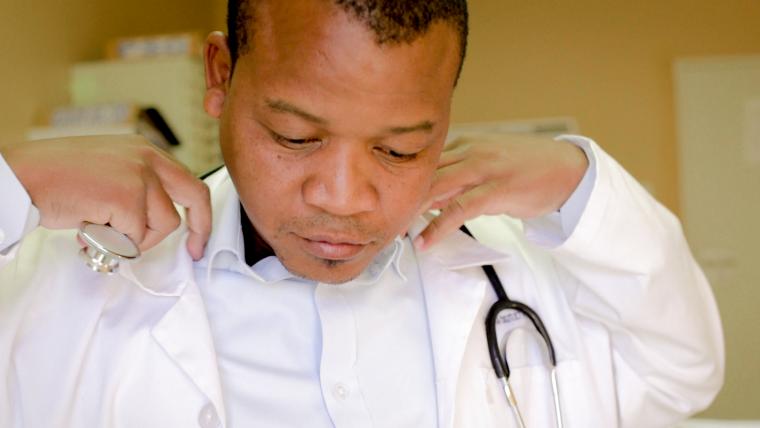
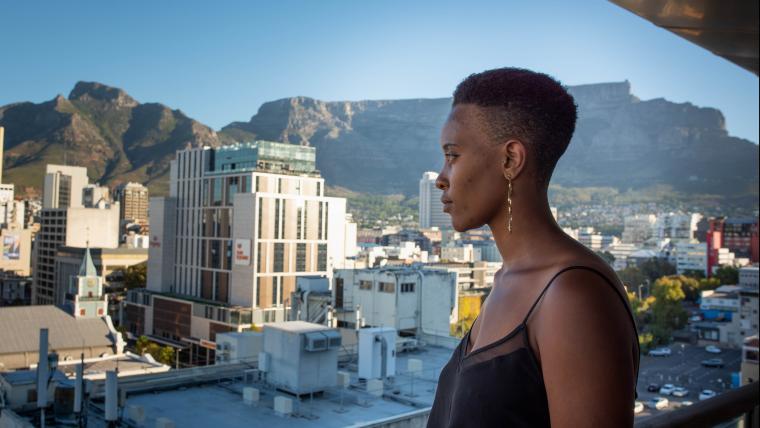
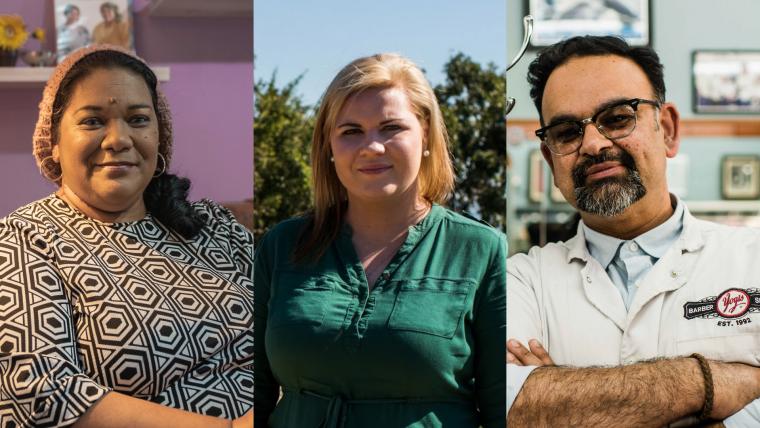




















Please sign in to leave a comment